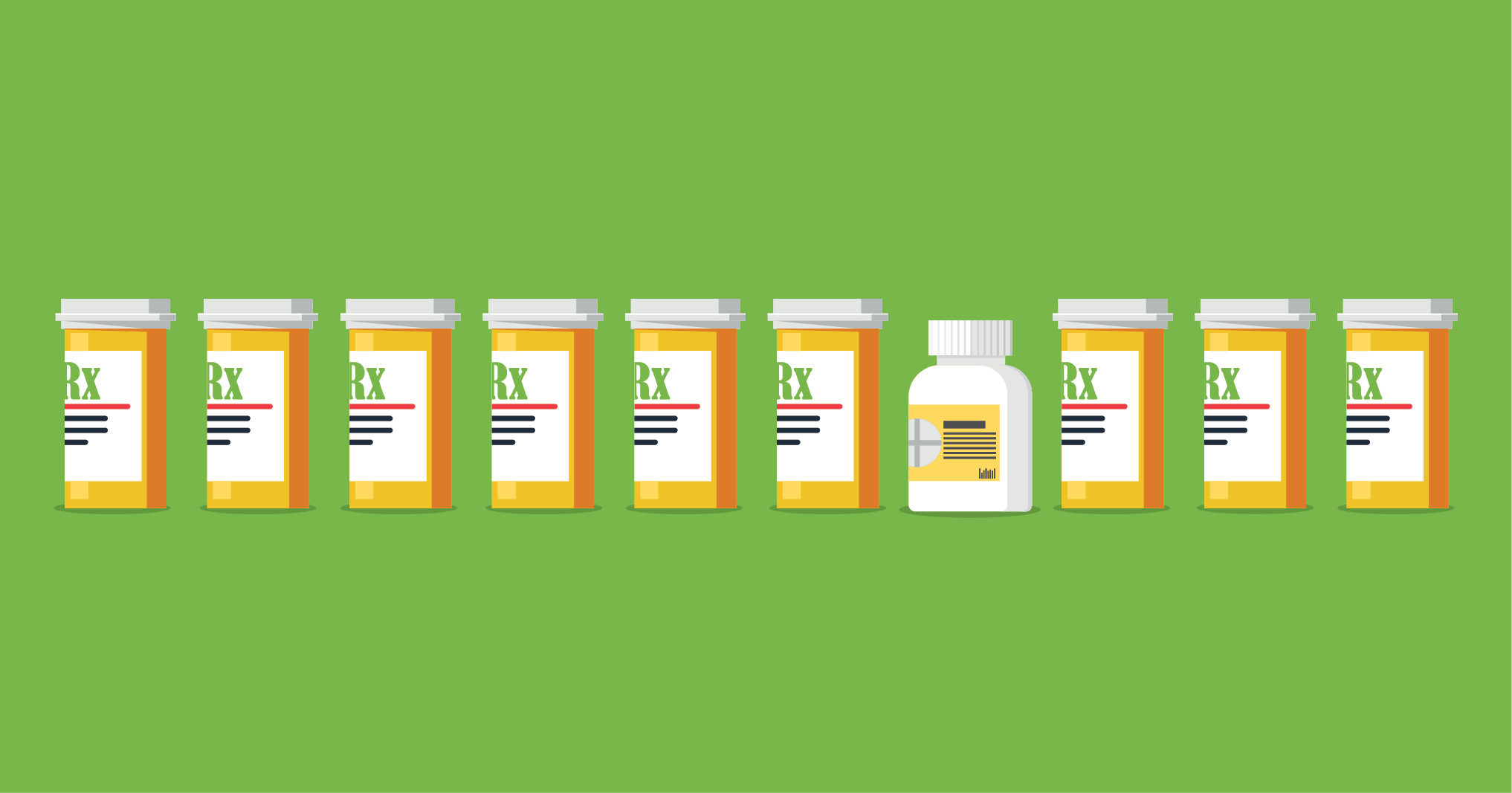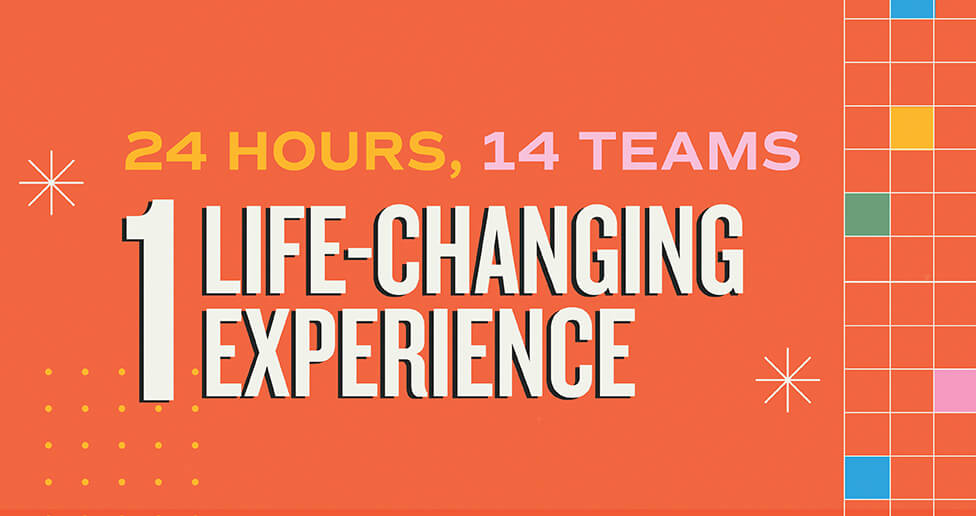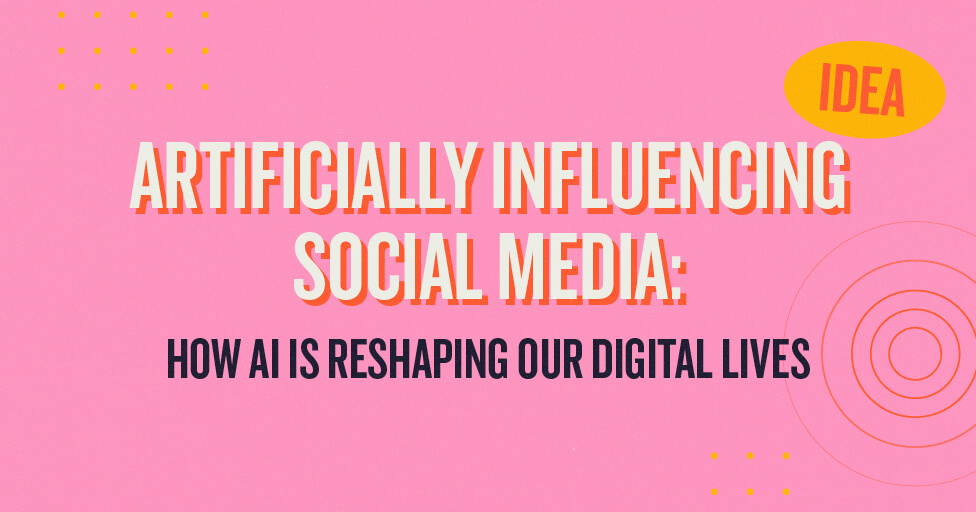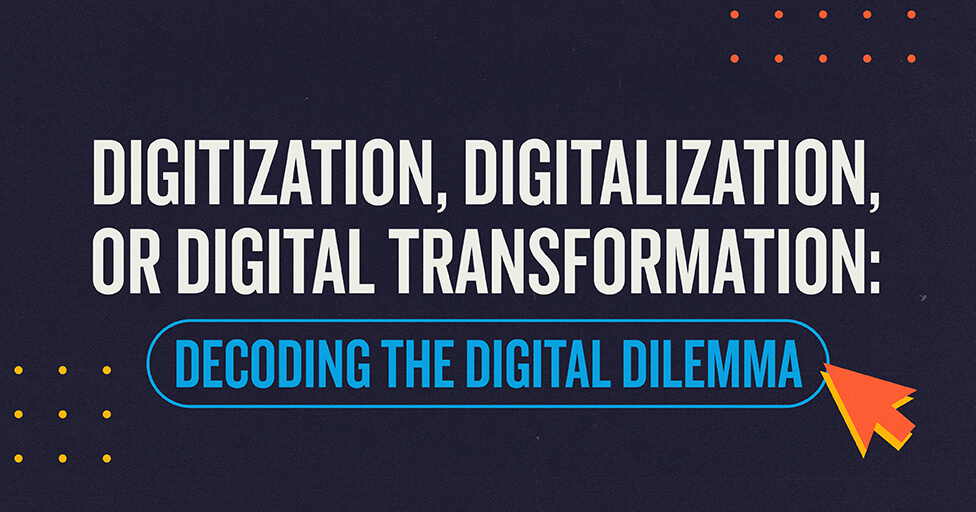
Now this is a story all about how
We reached a very narrow crowd.
I’d like to take a minute, just sit right there,
I’ll tell you how we became top of mind and made the target aware.
I’m not going to keep rapping, that would be ridiculous. But now that I have your attention, I would like to tell you about a recent project focused on reaching a very narrow audience.
hippo works with the journal media team at the American Academy of Family Physicians – think, the journals that doctors read to stay current on new trends and developments in primary care. When physicians read the journal, they are exposed to advertisements, just like most print publications. Typically these ads are for pharmaceutical products – companies focused on getting their message in front of doctors so that their drugs are top of mind when prescribing to patients.
Makes sense so far, right? Well, get this. As it turns out, there’s also a great deal of research out there showing that doctors are doing more than writing prescriptions for patients. They’re also recommending over-the-counter drugs – by name. And, in turn, patients are then buying those name brand OTC drugs.
Let me give you an example. Let’s say I’ve been dealing with a nasty cold, and it’s been going on for a week with no end in sight. So, I go visit my primary care doc, and she says, “We’ve actually seen a lot of this recently, but it’s just a virus, so there isn’t anything we can prescribe. I’d recommend taking Tylenol and Sudafed to help with those bothersome symptoms.” What do I do next? I drive myself directly to the nearest drug store and buy those two products—by name—because that’s what my doc told me to do.
Thinking through this research, we knew that AAFP could expand their roster of prospects and potential advertising clients by reaching OTC companies in addition to their existing pharma audience. But how? The very narrow audience consisted of two groups of people: brand managers of OTC products (manufacturers) and media planners and buyers (agency reps) of those brands. In addition, there was an educational component of this campaign, as it was a fairly complex, layered message. That is:
- Physicians are influencers on patient purchase decisions, specifically those of OTC drugs;
- Primary Care Physicians trust what they read in American Family Physician and spend a great deal of time reading and engaging with it each month;
- If you place your ad in AFP, physicians will recommend your product to patients.
Talking with our own media team, we knew that media planners and buyers are spending lots of time doing online research about their clients and how to better serve them. They are also spending a great deal of time on LinkedIn, connecting with reps and learning about new advancements in the digital media space.
According to HubSpot, “You don’t want just anyone coming to your site. You want people who are most likely to become leads, and, ultimately, happy customers. How do you get them? You attract more of the right customers with relevant content at the right time – when they’re looking for it.” Our goal was not to shove a sales message down the target audience’s collective throat, but rather reach them when they are marketing-ready, and nurture them to be sales-ready.
Knowing this, our media recommendation was to reach the audience through LinkedIn with an array of opportunities, including sponsored content, InMail, video, lead gen forms, and retargeting. Through LinkedIn, we were able to target our audience by company, job title, level of experience, and relevant skills. This B2B healthcare strategy allowed us to effectively reach the target audience with virtually zero waste, on a platform that they were already visiting. The assets all clicked through to a landing page where the users could learn more and fill out a form to download the media kit.
In addition, we expanded the plan to include programmatic display banners that would reach our target audience based on a geo-fence around the top healthcare advertising agencies.
Finally, we developed an email nurture strategy to continue educating these leads on why PCPs are a valuable audience for their products. We started with a fairly simple message – “What if you could make sure consumers were hearing your name from someone they trust?” and then got more nuanced as leads got further down the sales funnel. Our messaging was clean, concise, and focused heavily on the data showing why PCPs should be a target audience for their brands.
The results? Since beginning in February 2018, the campaign has brought in dozens of qualified leads from this limited audience, and the AAFP sales team has started having productive conversations. Furthermore, the leads continue to roll in daily. In fact, in the last month alone, the number of leads for the campaign increased by 176% – in just one month! The campaign click-through and engagement rates are above industry standard, and we have continued to optimize our messaging and tactics to evolve to the behaviors and interactions we are having with the audience.
And while we aren’t sitting on our throne in Bel-Air, we are looking forward to continuing work on this campaign and seeing what the coming months will bring AAFP.
Subscribe to our newsletter
Get our insights and perspectives delivered to your inbox.


